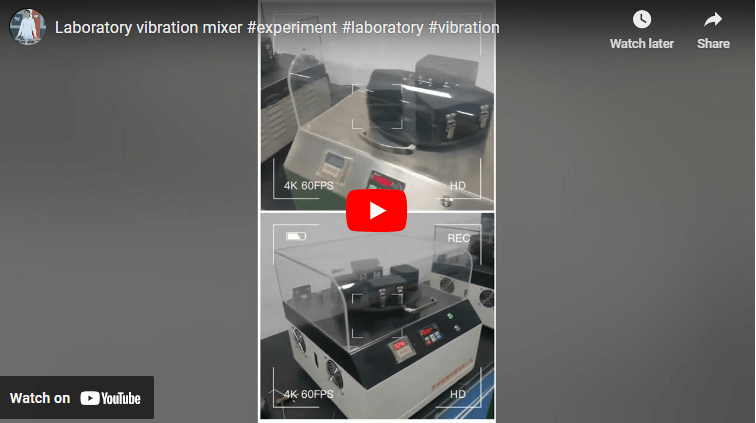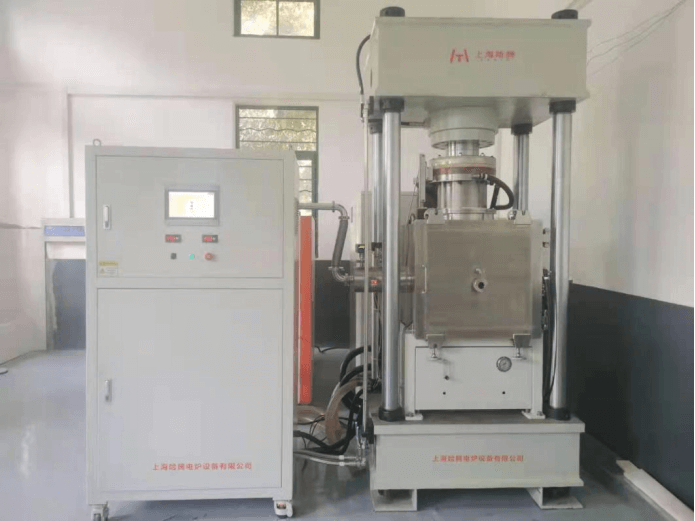Microwave sintering is a method of generating heat by coupling the special waveband of microwaves with the basic microstructure of materials. The dielectric loss of materials in electromagnetic fields heats the entire material to the sintering temperature to achieve densification. Microwave sintering is a method in which the sample itself absorbs microwaves to generate heat. According to the basic theory of microwave sintering, heat energy is caused by dielectric loss inside the material. So it is a volume heating effect. Compared with normal pressure sintering, microwave sintering has the characteristics of short sintering time, low sintering temperature, and reduced activation energy of solid phase reaction. Improved mechanical properties of sintered samples, fine grains, uniform structure, etc., while reducing high-temperature environmental pollution.
Sintering mechanism
Under the action of a microwave electromagnetic field, ceramic materials will produce a series of dielectric polarizations. Such as electronic polarization, atomic polarization, dipole steering polarization, and interface polarization. Different types of microscopic particles participating in polarization have different time periods for establishing or eliminating polarization. Due to the high frequency of microwave electromagnetic fields, the dielectric polarization process inside the material cannot follow the changes of the external electric field.
The polarization intensity vector P always lags behind the electric field E, resulting in the generation of current in phase with the electric field, thus constituting the dissipation inside the material. In the microwave band, it is mainly the absorption current generated by dipole polarization and interface polarization that constitutes the dielectric dissipation of the material. In an adiabatic environment, when the change of the potential energy of the material during heating (such as reaction heat, phase change heat, etc.) is ignored. The heating rate of a unit volume of material under the action of microwave field is:

Where f is the microwave operating frequency. ε is the material dielectric loss. ε0 is the space dielectric constant. E is the microwave electric field intensity. Cp is the material heat capacity. ρ is the material density.
Microwave sintering system
A reasonable microwave sintering system is the basis for achieving effective microwave sintering. Generally speaking, a microwave sintering system mainly consists of three parts: microwave generator (microwave source), microwave transmission system (waveguide), and microwave resonant cavity (sintering cavity).
A microwave generator is a microwave source that uses the high-frequency oscillation principle of electric current to generate microwaves of a certain frequency. The microwave generator used for microwave sintering or microwave heating (domestic microwave oven) can only generate two microwave frequencies, namely 915MHz or 2450MHZ.
According to actual needs, the power of the microwave source is different. The power of a household microwave oven is generally less than 1kW. The maximum power of the microwave source used in microwave sintering experiments is mostly 5kW.
Characteristics of microwave sintering
Microwaves are directly coupled with materials, resulting in overall heating, achieving zero-gradient uniform heating of large areas in the material. The internal thermal stress of the material is reduced, thereby reducing the tendency to crack and deform. Microwave energy is directly absorbed by the material and converted into heat energy, with extremely high energy utilization, saving more than 80% energy compared to conventional sintering.
Microwave sintering has a fast heating rate. Since the dielectric loss of the material is related to temperature. The dielectric loss is low at low temperatures, so the heating rate is slow. At a certain temperature, the dielectric loss increases with the increase in temperature, so the heating rate is accelerated. At higher temperatures, the heating rate slows down due to heat loss. The average heating rate is generally about 500℃/min. Too fast a speed will cause uneven temperature and internal stress.
Safe and pollution-free, the use of gas in the sintering atmosphere is greatly reduced. The emission of waste gas and waste heat during the sintering process is reduced.
It can achieve spatial selective sintering. For multi-phase mixed materials, due to the different dielectric losses of different materials. The dissipated power generated is different, and the thermal effect is also different. This can be used to selectively sinter composite materials, research new material products, and obtain better material properties.
Back to SINTERING TECHNOLOGY
You might be interested in:









